What to do in Bolivia :Top 10 things to do and see
Anto
26 Jan 2020
What to do in Bolivia: This country has amply earned its place among the destinations favoured by globetrotters. Put on your rucksack and fly off to the little jewel that is Bolivia!
Bolivia’s capital, situated at an altitude of some 3,800 metres, is the highest capital in the world. Located in the Altiplano, one of the world’s highest populated regions, in the heart of the Andes Cordillera, traditions are still very much alive. There are many craft markets, but the one not to be missed is the famous “Witches’ Market”! The stalls are full of strange objects and plants, steeped in superstition and tradition, including mummified llama fetuses (yes, I admit it!)! In the beliefs of the indigenous peoples, these fetuses would bring blessing to a new house if buried underneath…The beautifully preserved and colorful pedestrian street of Jaén, along which you’ll have the opportunity to visit several museums.
Plaza Murillo, in the heart of the city, is lined with numerous statues and colonial buildings.
The Mirador Kili Kili (you’ll find every possible spelling for this Mirador! Killi Killi, K’illi K’illi, in short, this is the one!) offers a breathtaking view of La Paz.
The Valley of the Moon is about ten kilometers from the center. A must-see! The landscapes created by erosion are magical.
For the more adventurous, there’s the famous Death Road! The Yungas road (its real name) was originally built to link La Paz with the village of Coroico. Many fatal accidents have occurred here, mainly because the road was too narrow for two vehicles to pass each other. In some cases, one of the vehicles tipped over while reversing, especially when the terrain had been made slippery by the rain…
Today, it’s reserved for cyclists, who don’t have to risk their lives if they’re careful!
The ruins of Tiwanaku, a veritable archaeological site, are also well worth a visit. They are about 70 kilometers from La Paz.
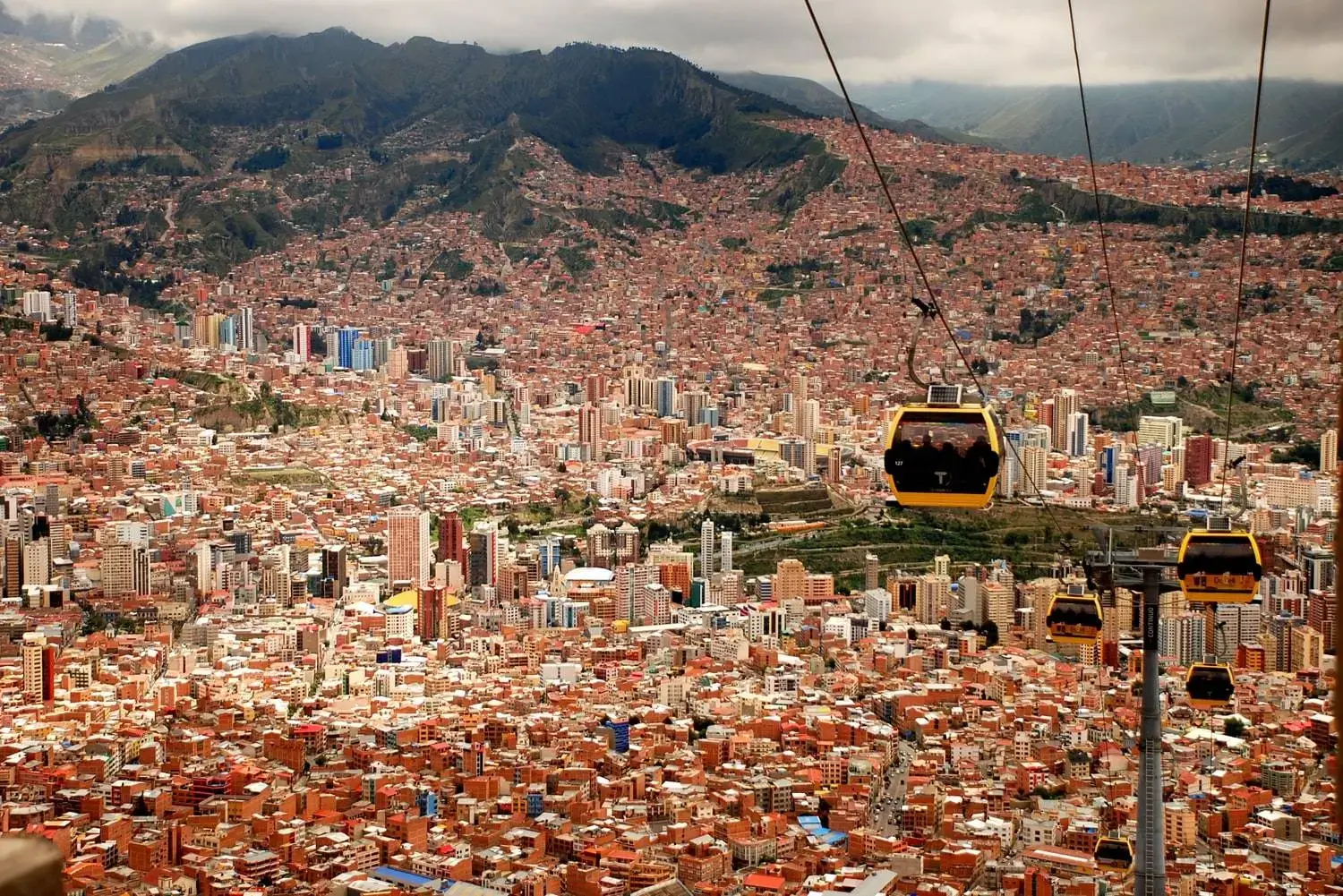
Nicknamed “the white city”, Sucre is a must-see in Bolivia. It’s even Bolivia’s second capital, the “Constitutional” capital. Listed as a UNESCO World Heritage Site, it’s one of those cities where you love to stroll and admire the architecture. The mountainous setting makes it even more splendid. Everything looks harmonious, and the city offers plenty to discover. One of the best-known monuments is La Casa de la Libertad, the historic site where Bolivia’s declaration of independence was signed.
La Recoleta, high above Sucre, offers an incredible view of the city.
Once back down, we stop off at the Mercado Central for a freshly squeezed fruit juice, while Bolivar Park is also very pretty, as is… the city’s cemetery! And yes! The atmosphere in South American cemeteries is very different from our own. The culture and beliefs surrounding death are very different.
In any case, one thing’s for sure: you can’t help but wander through the white city and get lost in its narrow streets!
For hikers, treks to the Maragua crater are available from Sucre.
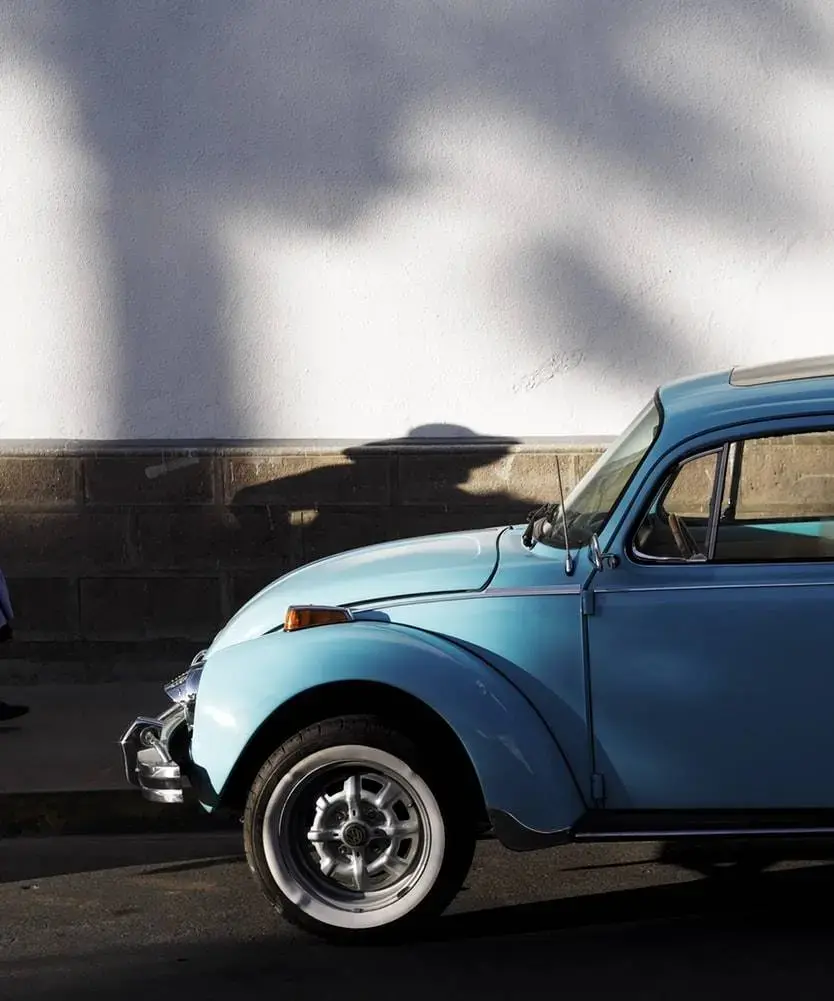
This mining town, situated at an altitude of around 4,000 metres (so be careful if you’re prone to altitude sickness, and remember to take out insurance for destinations above 3,000 m), was developed at the foot of the Cerro Rico mountain, which is its guardian. The Spaniards founded it, after discovering important silver mines, and forced the local population to work.
The mines are still in operation today, and can be visited. The miners’ working conditions are far from easy, and during visits it’s possible to offer gifts to the workers, as well as offerings to the mine god, El Tio. Let’s be honest, the “let’s go and see the miners at work” aspect doesn’t appeal to us all that much… So let’s remain vigilant in the way we approach the visit.
The town’s architecture is also splendid, with many colonial buildings. The Casa de la Moneda is a must-see in Potosí. This is where the silver extracted from the town’s mines was minted.
Potosí is a UNESCO World Heritage Site for its architectural and historical value.
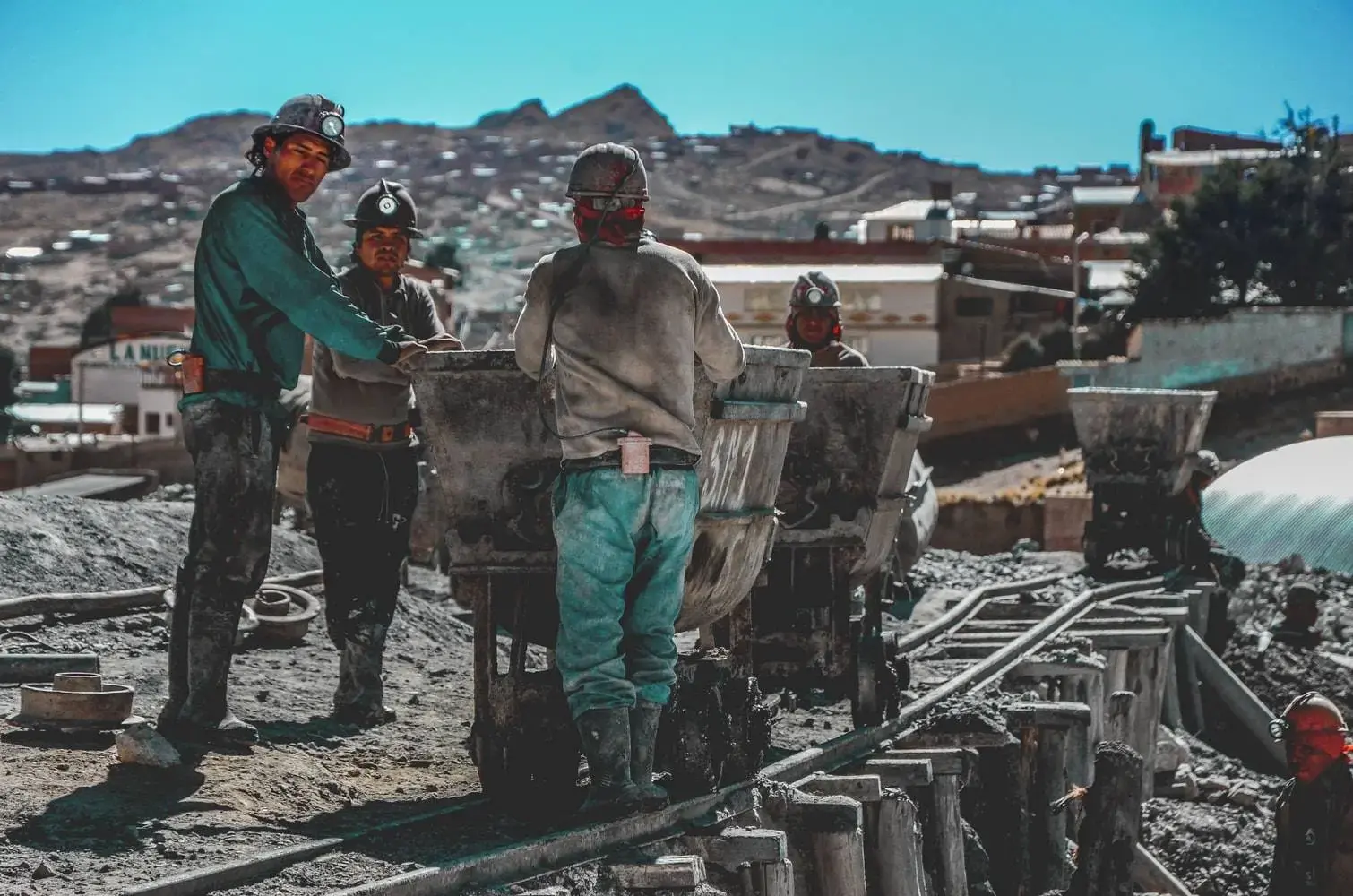
It’s a pleasant city to walk around. Modern in some respects, but still steeped in history, as witnessed by the Metropolitan Cathedral in Piazza del 24 Septembre, the Basilica of San Lorenzo and several museums.
120 kilometers from Santa Cruz is the Fort of Samaipata, a UNESCO World Heritage Site. This archaeological site was very important in pre-Columbian times. It was undoubtedly an Inca spiritual site.
From Samaipata, you can explore Amboró National Park. This park is an enormous nature reserve, which will delight nature lovers with its flora and fauna.
The Jesuit missions of Chiquitos, located in the department of Santa Cruz, are also a UNESCO World Heritage Site. (Yes, once again, there are nothing but treasures in Bolivia).
And finally, for fans of Che (Guevara), an excursion will take you to some of the mythical places in his story.
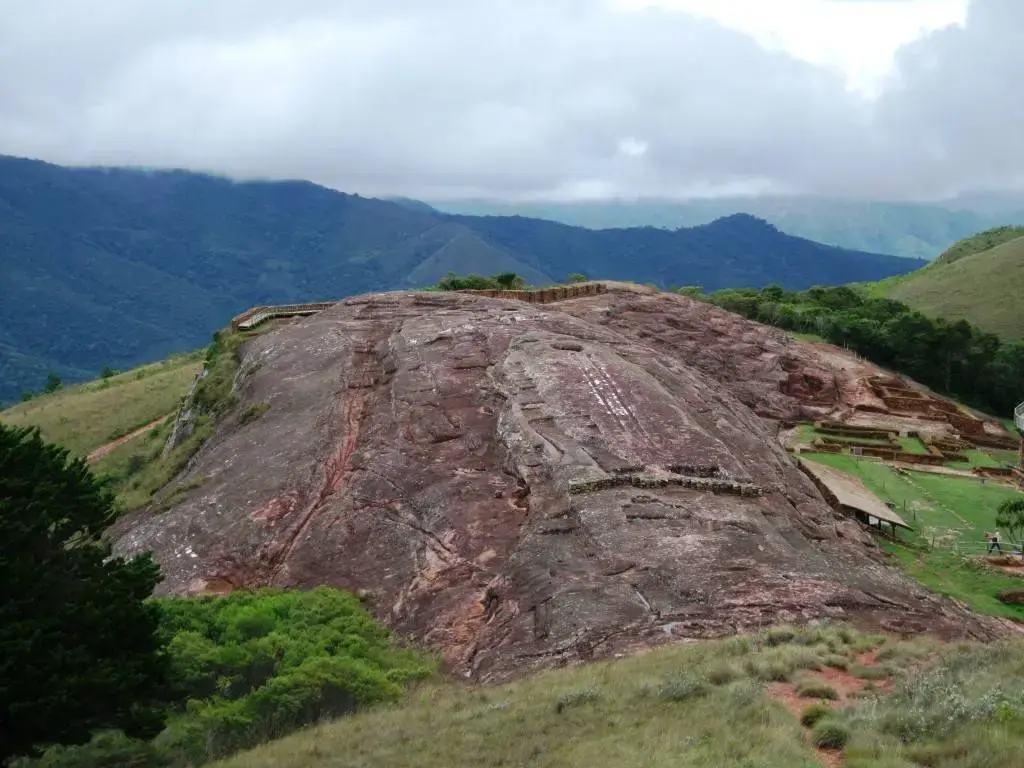
Uyuni, at an altitude of 3,670 metres, keeps us on our toes. One of the region’s landmarks is undoubtedly the Salar d’Uyuni, an immense salt desert covering some 11,000 km²!
It is thought to have been formed by the disappearance of a prehistoric lake. This Bolivian wonder is breathtaking. The desert is home to several villages and is dotted with “lakes” (called Los Ojos de Agua), as well as islands, such as Incahuasi Island, famous for its giant cacti. The latter offers breathtaking views of the Tunupa volcano and the salar.
It is possible to climb the volcano, or at least part of it, to reach a viewpoint at around 4,700 metres above sea level. (Basically, don’t plan to make this ascent at a run…).
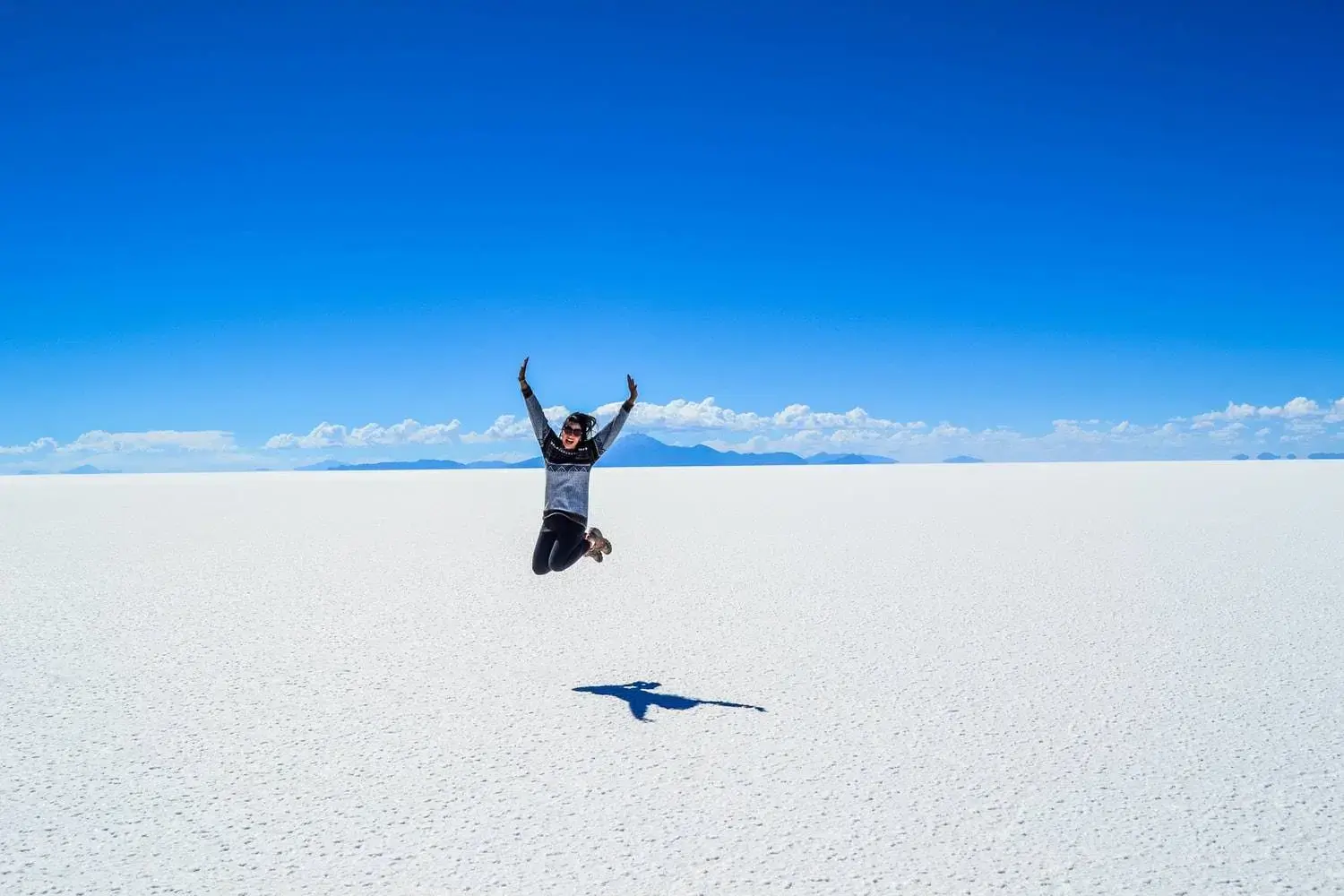
San Carlo de Bariloche is a rather unusual town, since its architecture is more reminiscent of a Swiss village than an Argentine one. To add insult to injury, its speciality is… chocolate! Bariloche is located in the Andes, on the shores of Lake Nahuel Huapi. Once again, the beauty of the scenery is guaranteed, and there are numerous hikes and activities available from the town. It is also a starting point for the 7 Lakes Route. This 107-kilometre route will take you (as its name suggests) to discover 7 superb lakes, all of glacial origin. But that’s not all! You’ll also pass through the Nahuel Huapi and Lanin national parks.
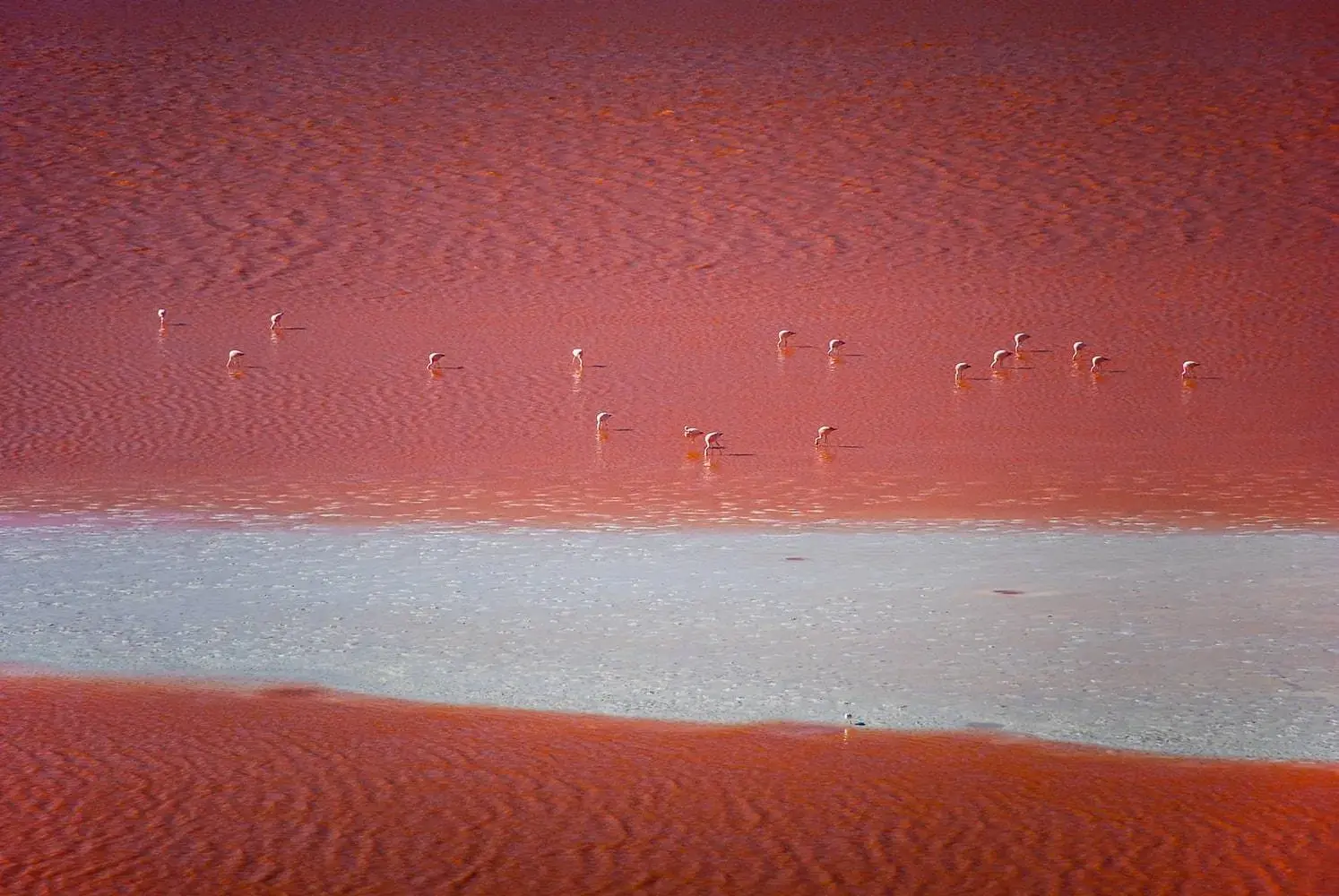
Peninsula Valdés is undoubtedly one of Argentina’s must-sees for nature and animal lovers. This incredible nature reserve is, of course, CAPMU. It is located near the town of Puerto Madryn and can be reached by an isthmus, which seems to hold it back with its fingertips.
The wildlife here is simply exceptional, and people come from all over the world for the chance to see whales, seals, elephant seals, penguins, guanacos, armadillos and many other small wonders. Numerous boat trips are organized, but you can also observe this little world from a kayak or even go scuba diving! (A tête-à-tête with Madame la Baleine?)
A particular microclimate would explain this exceptional fauna. The meeting of warm and cold marine currents produces ideal conditions for the reproduction of all these animals.
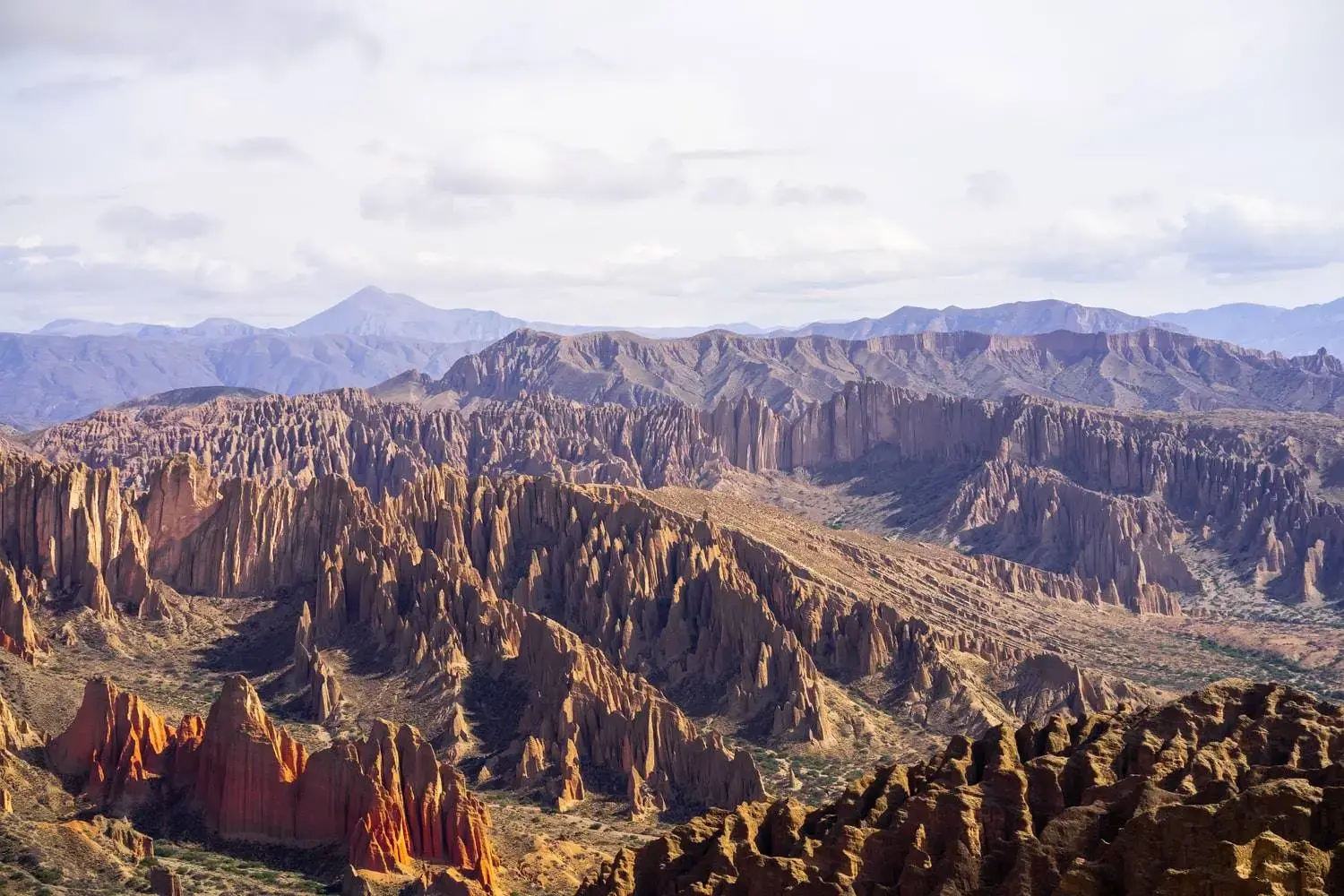
We’ll tell you all about it in the article devoted to Peru. This immense lake, the highest navigable in the world, straddles these two splendid countries. It can be reached via the lakeside village of Copacabana.
This Bolivian must-see is dotted with numerous islands, some of which are inhabited by traditional peoples.
Among the best-known are Isla de la Luna and Isla del Sol, which is said to be the cradle of Inca civilization!
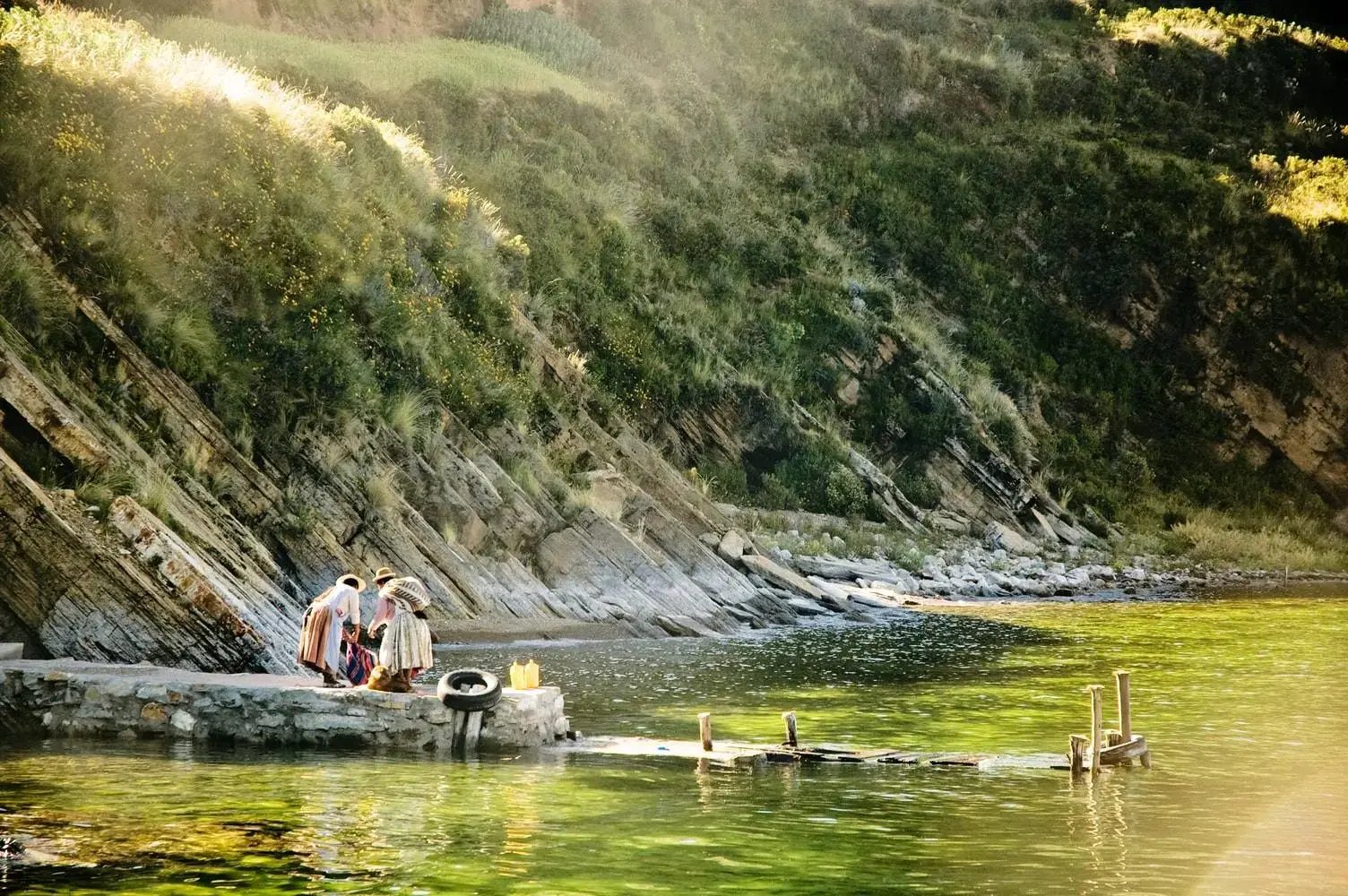
This magnificent park is located in the La Paz region, right in the heart of the Amazon rainforest (which in fact covers a huge part of Bolivia’s territory). Madidi is considered the best preserved park in the Amazon. Access is by boat from Rurrenabaque.
The diversity of flora and fauna is breathtaking. It is one of the most important biospheres on the planet. The guides will help you discover this treasure trove and all the jewels it conceals (pink dolphins, jaguars, crocodiles, monkeys, piranhas… but also tarantulas and other adorable little creatures…).
Many indigenous communities live here.
Visiting this park is an extraordinary experience in the middle of the Amazon jungle.
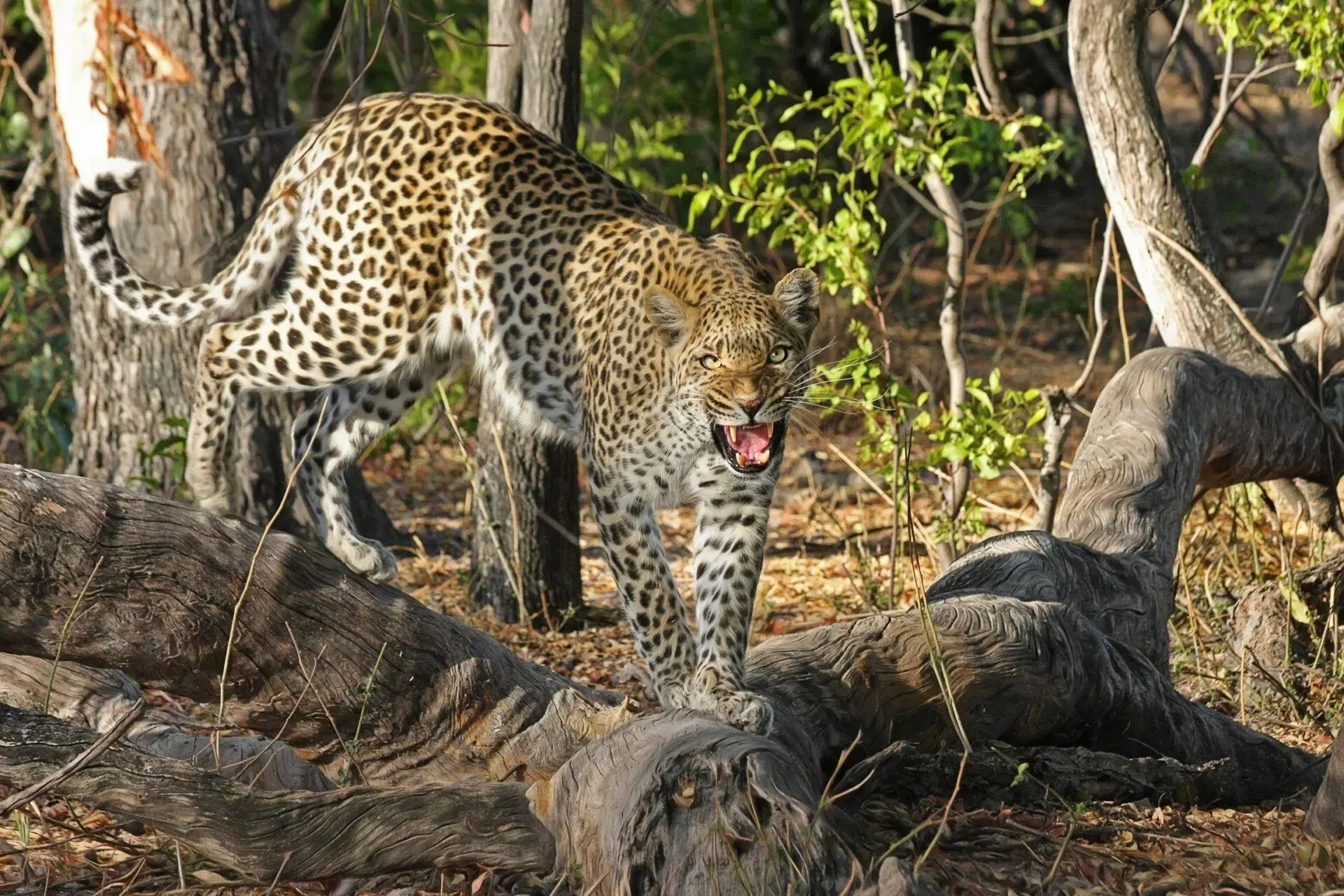
This last stage is definitely a must-see in Bolivia.
The park, in the heart of the Andes, has the great advantage of not being overrun by tourists.
The scenery is breathtaking, so much so that it still seems wild. The village of Sajama lies almost at the foot of the volcano of the same name. The latter is the country’s highest peak, rising to 6,548 metres.
The view from its snow-capped peaks is magnificent. Two other volcanoes dominate the park: Parinacota (6,348 metres) and Pomerape (6,282 metres).
Hikers will have a field day, since it’s possible to climb it, but with caution, given the altitude! If you’re considering this type of trekking, make sure you get all the information you need, and do it at the end of your stay, when your body will already have acclimatized, and make sure you respect the stages.
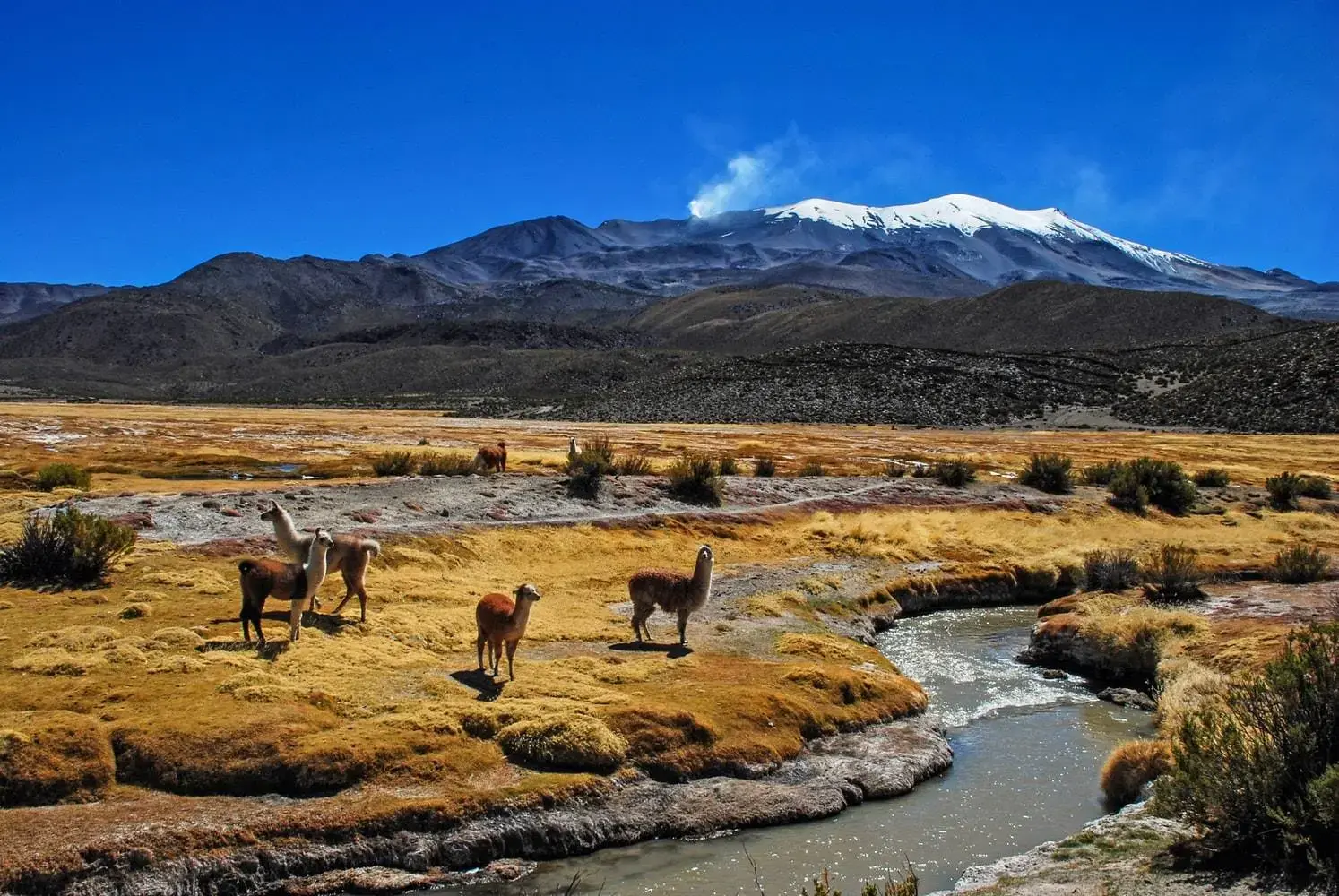
And so ends our “best of” dedicated to Bolivia. Don’t hesitate to share your favorites and photos with us on the YUPWEGO Facebook group!
And, of course, don’t forget to take out YUPWEGO travel insurance for real peace of mind.
Do you have any questions?
Our teams are here to advise you!

4,3/5 on Trustpilot

Certified partners

Human & committed service

Customized offer

Optimal coverage
Leave a Reply